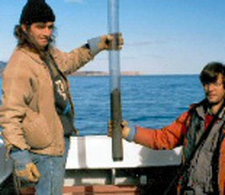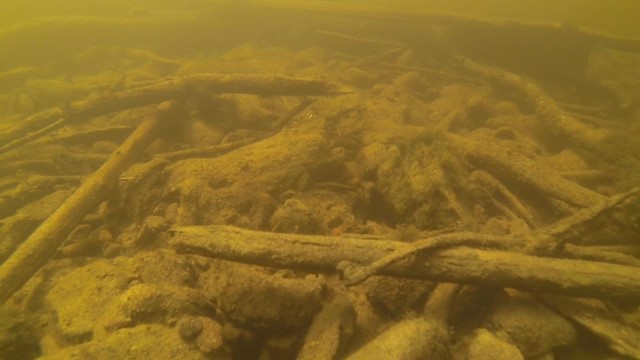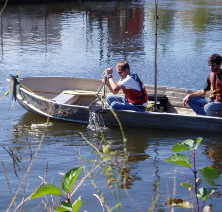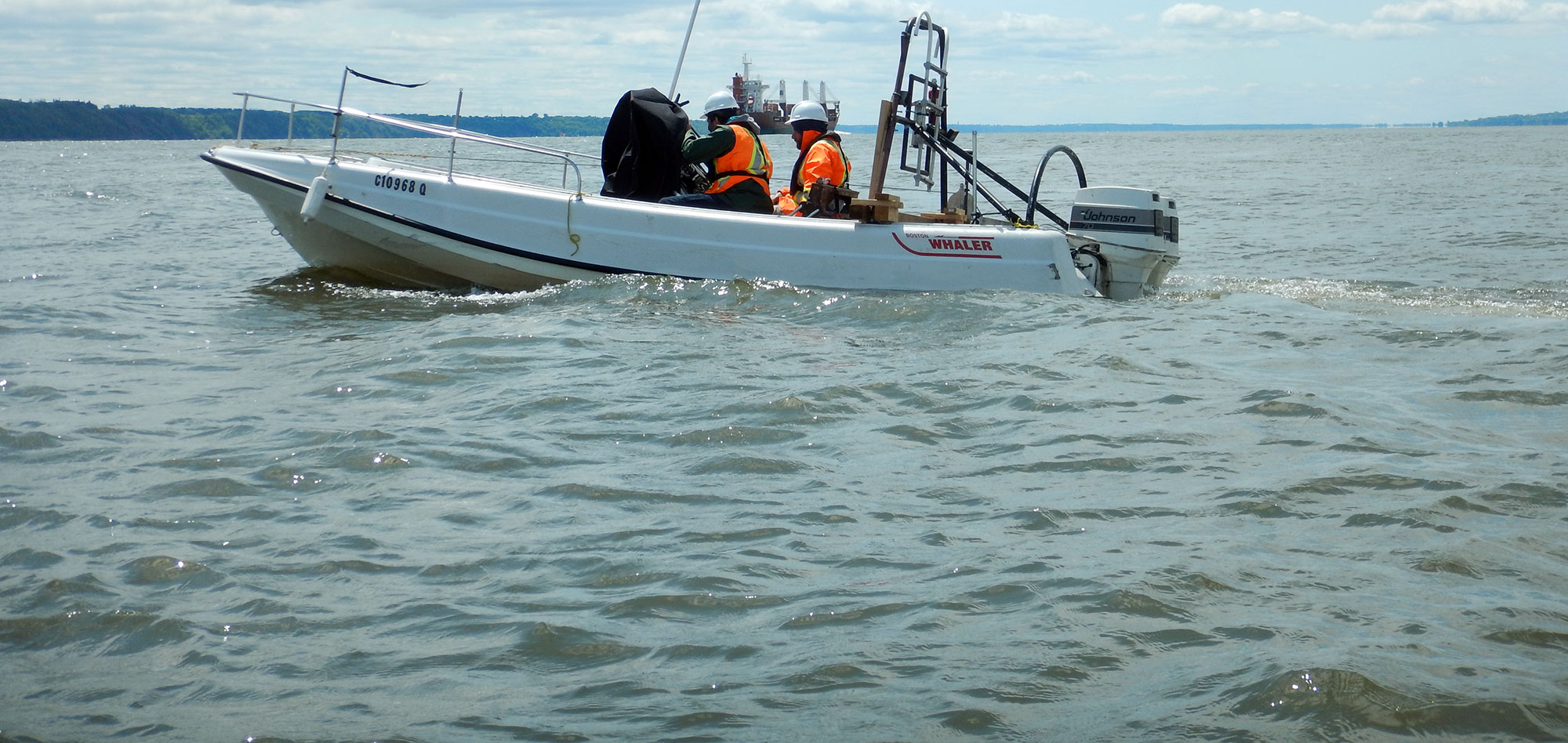Marine sediment sampling and underwater imaging comprises two stages: firstly the correct location needs to be found using an accurate positioning system, then the sample/images can be taken.
GPR owns two types of samplers, a Benthos type sampler and standard grab sampler of various sizes. The Benthos type sampler uses plastic tubing to extract core samples which are undisturbed, up to 2 metres long.
The grab sampler consists of a pair of steel jaws that close upon touching the bottom, hence collecting whatever sediments lay directly on the bottom. The samples are sealed in airtight containers and clearly labelled for future examination.
Water sampling is carried out using a similar procedure to that of sediment sampling, except for a special device designed to collect water samples is used instead of the sediment samplers. The samples are placed in water tight containers and labelled, ready to be sent to the laboratory. A conductivity, temperature salinity probe can also be used to obtain in-situ readings of these parameters in any water body.
Underwater imaging (video or still images) requires cameras and lighting systems appropriate for the depth of interest and water conditions. As with the sampling, accurate geo-referencing is critical.
Applications of Sediment Sampling and Underwater Imaging include:
- Port redevelopment;
- Geotechnical studies;
- Environmental studies.
For more information, please contact our Marine Survey Team.



